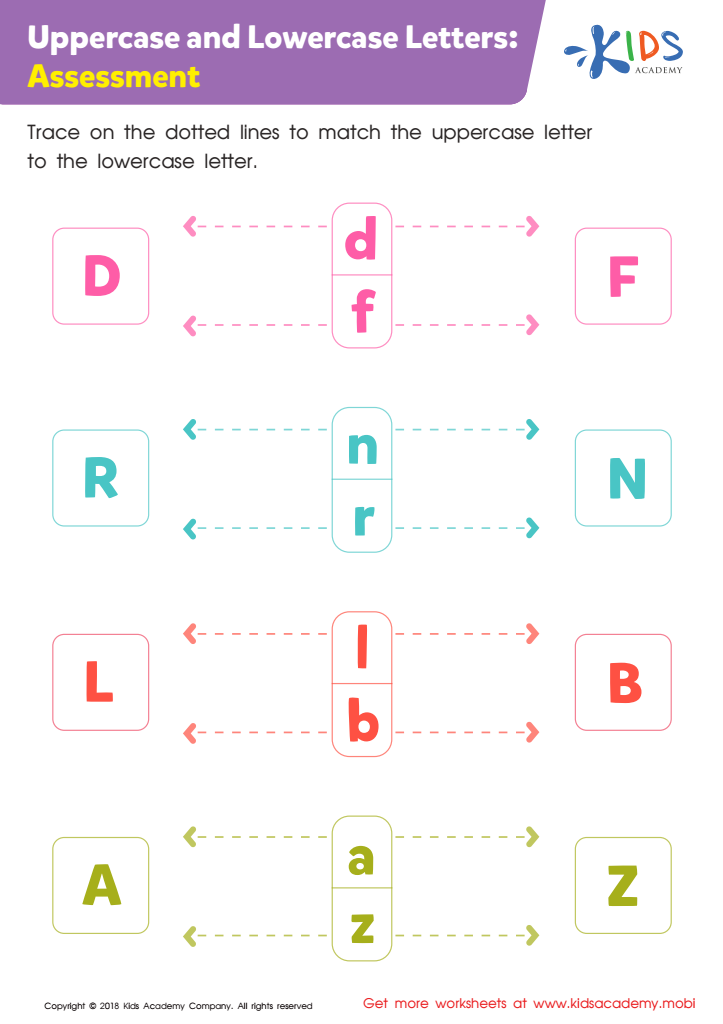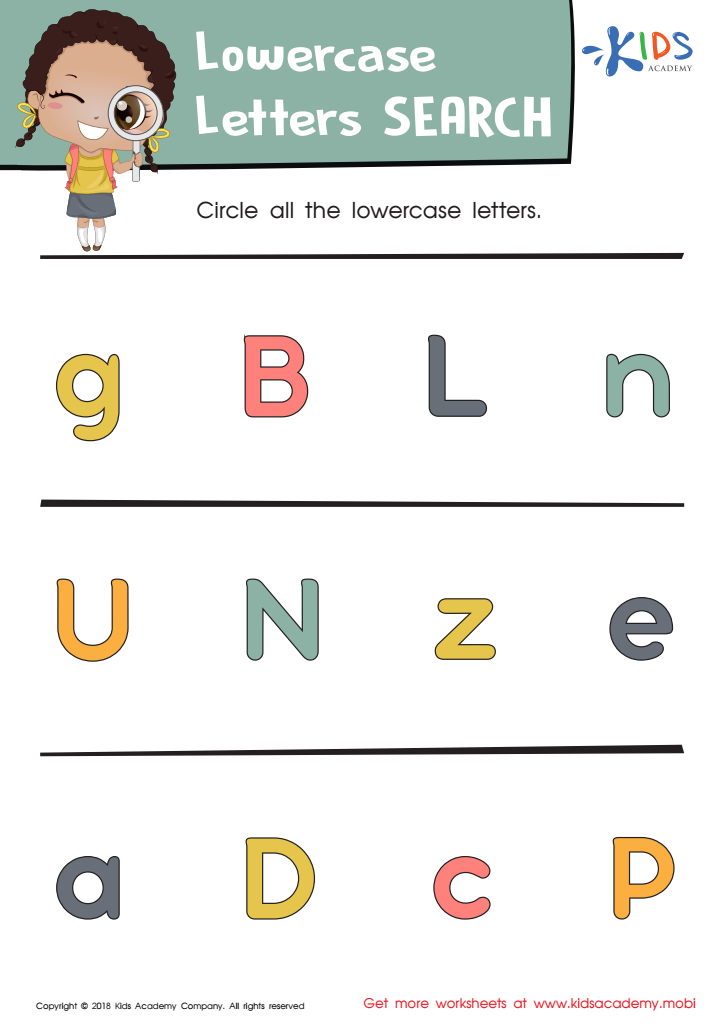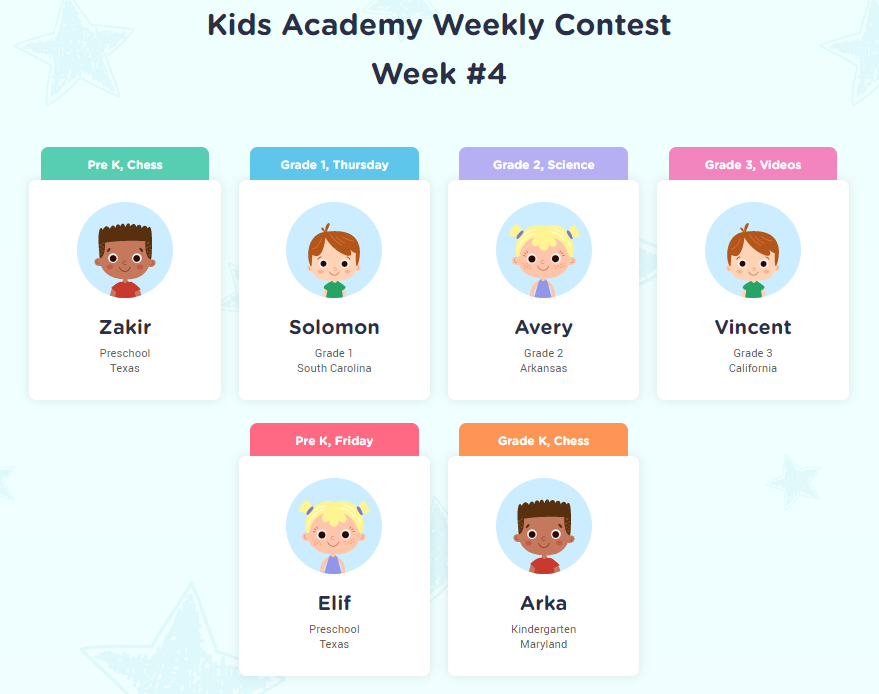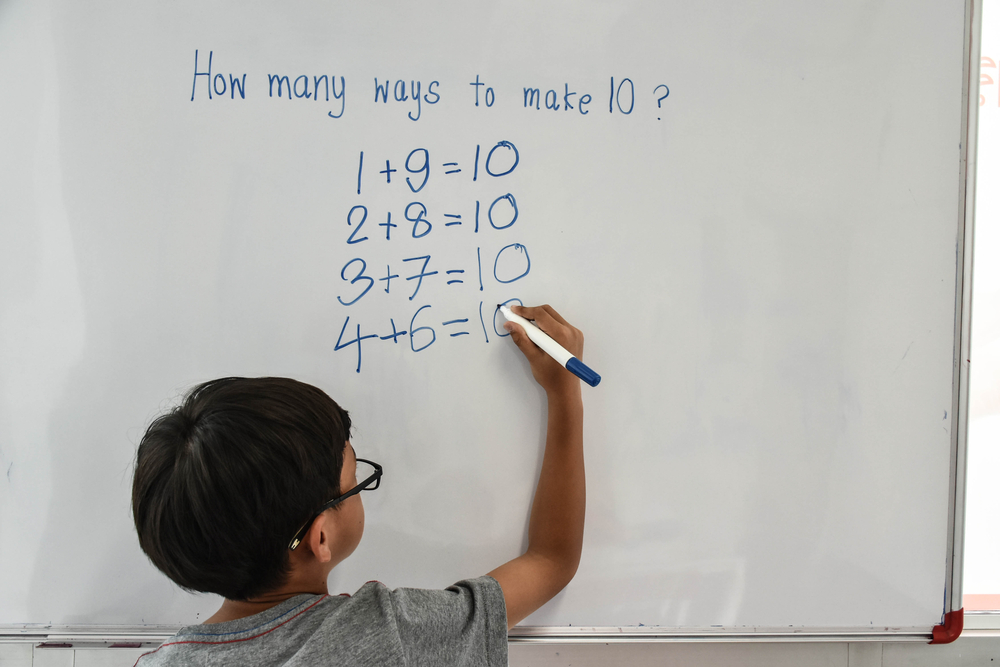Upper & Lowercase Letters worksheets activities
2 filtered results
-
From - To


Uppercase and Lowercase Letters: Assessment Worksheet


Lowercase Letters Search: Assessment Worksheet
Upper & Lowercase Letters worksheets activities are not just another task for young learners; they are a crucial stepping stone in the journey of literacy. These activities, brilliantly designed to engage and educate, play a pivotal role in helping children understand the alphabet in its entirety. The importance of distinguishing between upper and lowercase letters cannot be overstated, and here’s why these worksheets are so beneficial.
Firstly, Upper & Lowercase Letters worksheets activities foster letter recognition, a fundamental skill in reading and writing. By engaging with these activities, children learn to recognize letters in various fonts and contexts, gradually building a robust foundation for their literacy skills. This early exposure is essential for developing fluent readers who can easily navigate the diverse world of text they will encounter in their educational journey.
Moreover, these worksheets promote fine motor skills development. As children trace, write, and color letters, they refine their hand-eye coordination and pencil grip. These motor skills are critical not only for writing but also for other academic and daily activities. Upper & Lowercase Letters worksheets provide a structured yet fun environment for children to practice these skills, ensuring they are well-equipped for future learning challenges.
Additionally, mastering the distinction between upper and lowercase letters with these worksheets enhances a child’s comprehension and writing abilities. Understanding when to appropriately use uppercase letters—for instance, at the beginning of sentences and for proper nouns—helps children in constructing grammatically correct sentences. This knowledge is not only pivotal for their academic success but also boosts their confidence as proficient communicators.
In essence, Upper & Lowercase Letters worksheets activities are an invaluable tool in a child’s early education. They lay a solid foundation for literacy, support the development of fine motor skills, and instill a deep understanding of the alphabet's complexities. By incorporating these activities into a child’s learning routine, educators and parents can significantly contribute to their holistic development, setting them up for success in their academic pursuits and beyond.
 Assign to the classroom
Assign to the classroom












